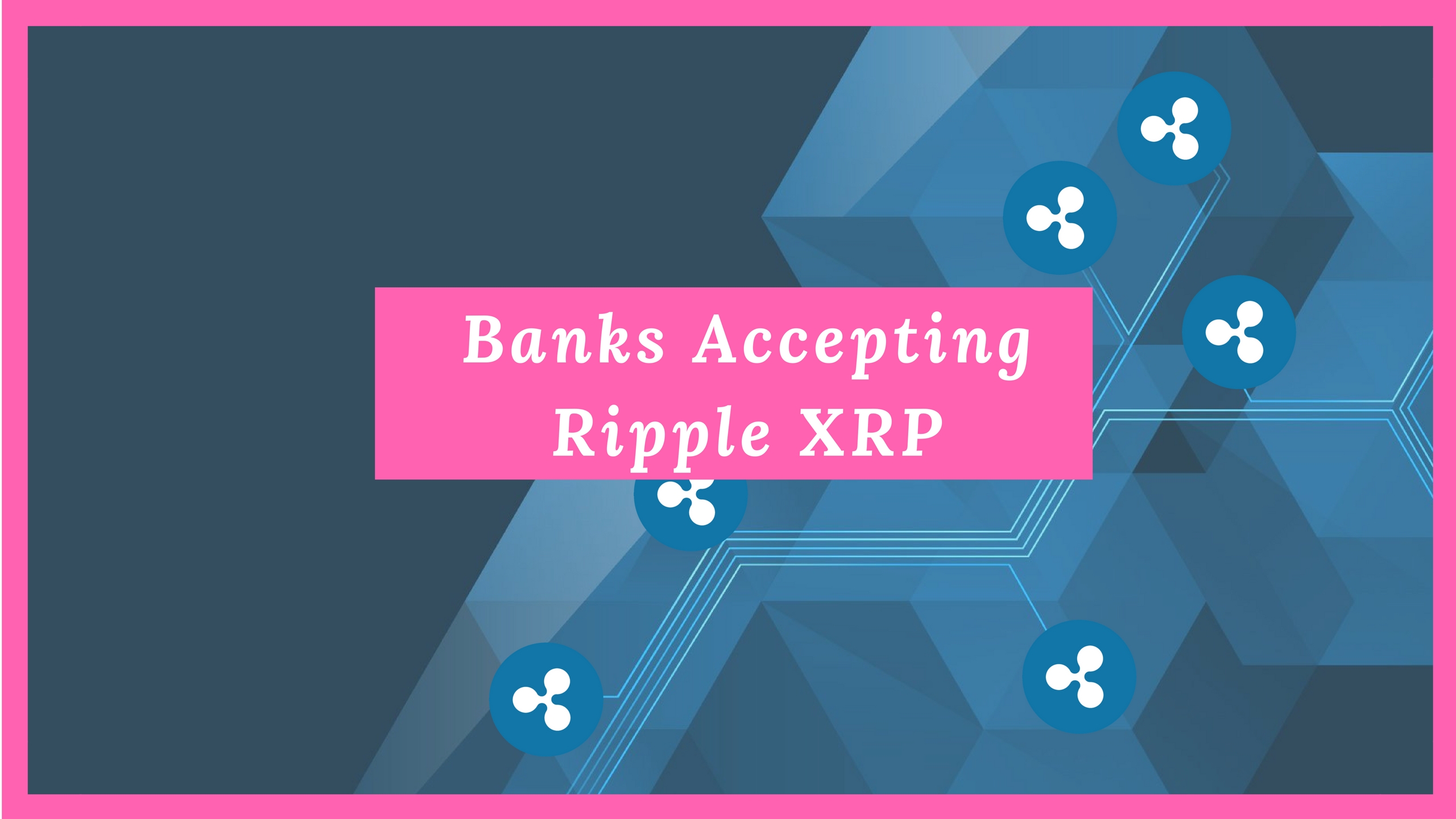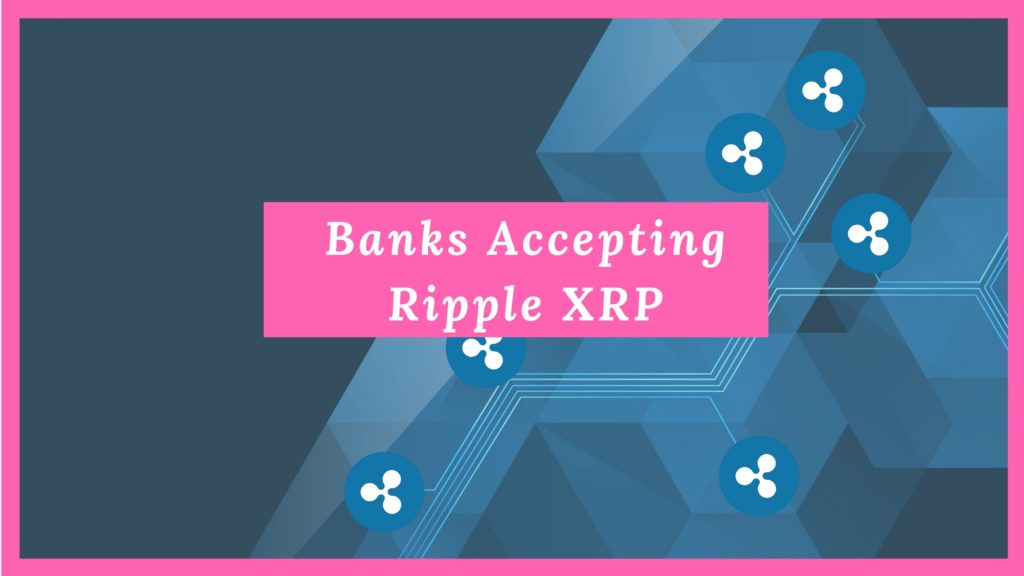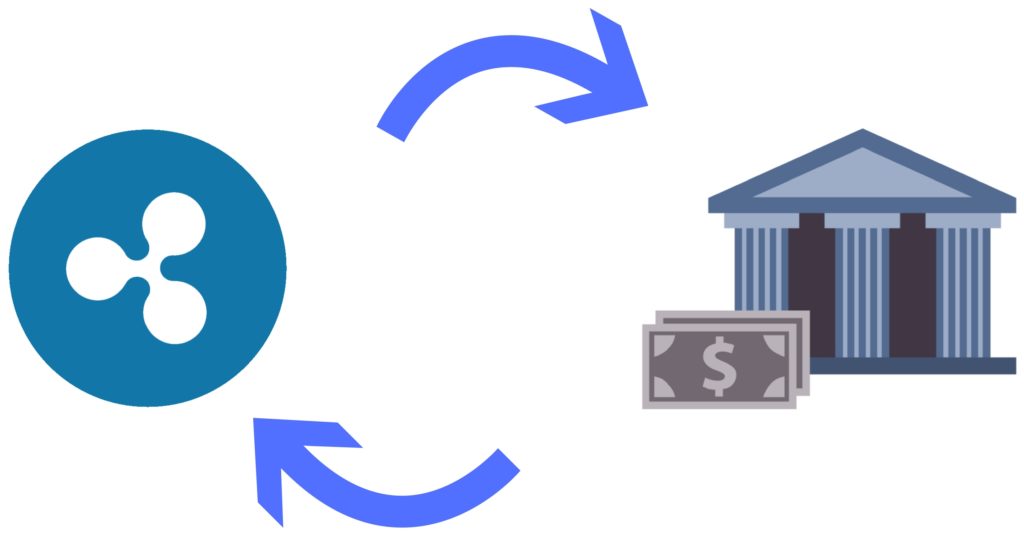Ripple (XRP) is a cryptocurrency and digital payment protocol used by several banks and financial institutions worldwide. As of 2023, it continues to gain traction in the financial sector, with more banks adopting its technology. In this updated article, we will explore the latest developments and provide a comprehensive list of banks and financial institutions currently using Ripple’s technology.
Here is a list of some of the banks and financial institutions that are currently using Ripple’s technology:
- Santander
- American Express
- Standard Chartered
- Westpac
- SBI Remit
- Axis Bank
- Yes Bank
- National Australia Bank
- NBAD (First Gulf Bank)
- UBS
- CIBC
It is important to note that this list is not exhaustive, and the use of Ripple technology by these banks may change over time. Additionally, the use of Ripple technology does not necessarily mean that these banks are directly investing in or holding Ripple cryptocurrency (XRP).
Ripple or RippleNet is an Internet-based real-time gross settlement (RTGS) system that is aiming to revolutionize our payment systems. The Ripple platform includes an open-source distributed Internet protocol, consensus ledger, and a native cryptocurrency called XRP.
The main thing that sets Ripple apart from all the other cryptocurrencies is that it is not just a cryptocurrency. It is more than that!
Our payment systems are still something from the last century for a generation that lives and breathes in technology. We have hardly made any progress in the field of payment processing.
Suppose Mukesh, who lives in India, wants to send some money to Alice, who lives in the US.
Generally, Mukesh has three choices – bank wire the money to Alice, use a person-to-person money order service like the Western Union, or use a payment gateway like PayPal.
Now in all of those cases, the fees are not negligible amounts. These payment solutions are not real-time at all; they take anywhere between 3-10 days to process. Now you may argue that PayPal is real-time. Yes, PayPal is somewhat real-time.
I’m saying this somewhat because, although the amount reaches the PayPal wallet instantaneously, withdrawing the money from your PayPal wallet to your bank account takes time.
And this is where Ripple comes and sets itself a class apart from all the blockchain-based protocols.
Read –
Solutions And Services Provided By Ripple
Launched in 2012, Ripple is not only an RTGS network but it also provides currency exchange and remittance services. RippleNet provides mainly three types of solutions right now. Banks can process cross-border payments for their customers using RippleNet’s xCurrent solution.
Payment providers can source liquidity on-demand using RippleNet’s xRapid solution. Businesses also can plug into RippleNet to send payments using xVia.
While traditional bank wire service uses a handful of intermediaries to process overseas payments, Ripple allows two banks to connect without intermediaries.
Using Ripple’s blockchain, banks can offer competitive transaction fees as well as currency conversion fees.
Ripple uses a dynamic currency conversion technique that allows Ripple always to offer the lowest exchange rate.
Suppose I am paying with INR, and the end party only accepts USD. In that case, Ripple will find the best conversion rate for the INR-USD pair. It may directly convert the INR to USD, or it may convert the INR to GBP and that GBP to USD, depending on the final exchange fees.
Currently, Ripple recognizes a few fiat currencies like USD, GBP, EUR, etc., commodities like gold, silver, platinum, and a handful of popular cryptocurrencies like BTC, LTC, the native cryptocurrency XRP, etc.
Ripple transactions are very fast – in general, it takes only about 5 seconds for a Ripple payment to go through. You don’t have to take my word for it. Try sending XRP to your friend or an exchange. You will see.
Currently, Ripple can also process 1500 transactions per second, a number that is 500x higher than Bitcoin’s TPS. RippleNet also can scale this even further and reach as many as 50,000 transactions per second.
Partner Banks And Companies
Huge corporates and banks have realized that Ripple has a lot of potentials. So they have partnered with Ripple to become a part of this mission to revolutionize the global payment system. Popular banks like Standard Chartered, RBC, SBI, Axis have already partnered up with Ripple.
A few days back, Axis bank revealed that their RippleNet connection with Standard Chartered and RakBank of UAE is up and running.
Not only this, corporate giants like Accenture, Deloitte, Santander, UBS, UniCredit, etc., are also supporting Ripple.
I have listed down all the known and active partnerships down below:
- Accenture
- Akbank
- ATB Financial
- Axis Bank
- Banco Bilbao Vizcaya Argentaria (BBVA)
- BMO Financial Group
- Cambridge Global Payments
- Canadian Imperial Bank of Commerce (CIBC)
- CBW Bank
- CGI Group
- Cross River Bank
- Davis + Henderson (D+H)
- Deloitte
- Earthport
- Expertus
- eZforex
- Fidor Bank
- Mitsubishi UFJ Financial Group (MUFG)
- Mizuho Financial Group (MHFG)
- National Australia Bank (NAB)
- National Bank of Abu Dhabi (NBAD)
- ReiseBank
- Royal Bank of Canada (RBC)
- Santander
- SBI Holdings
- SBI Remit
- Shanghai Huarui Bank (SHRB)
- Siam Commercial Bank (SCB)
- Skandinaviska Enskilda Banken AB (SEB)
- Standard Chartered
- Star One
- Credit Union
- Tas Group
- Temenos Group
- UBS
- UniCredit Group
- Volante Technologies
- Westpac Banking Corp
- Yantra Financial Technologies
- Yes Bank
The banks and companies listed down below are also experimenting with the RippleNet:
- Aeon Bank
- Aomori Bank
- Ashikaga Bank
- Australia and New Zealand Banking Group (ANZ)
- Awa Bank
- Bank of England
- Bank of the Ryukyus
- Bank of Yokohama
- Chiba Bank
- Chugoku Bank
- Commonwealth Bank of Australia
- Daiwa Next Bank
- DBS Group Holdings
- Fukui Bank
- Gunma Bank
- Hachijuni Bank
- Hiroshima Bank
- Hokuriku Bank
- Hyakugo Bank
- Iyo Bank
- Juroku Bank
- Keiyo Bank
- Michinoku Bank
- Mizuho Financial Group
- Musashino Bank
- Nishi-Nippon City Bank
- North Pacific Bank
- Oita Bank
- Orix Bank Corporation
- Resona Bank
- Royal Bank of Scotland (RBS)
- San-in Godo Bank
- SAP
- SBI Sumishin Net Bank
- Senshu Ikeda Bank
- Seven Bank
- Shimizu Bank
- Shinkin Central Bank
- Shinsei Bank
- Sikoku Bank
- Sony Bank
- Sumitomo Mitsui Trust Bank
- Suruga Bank
- The 77 Bank
- The Daishi Bank
- The Nomura Trust & Banking Co.
- Tochigi Bank
- Toho Bank
- Tokyo Star Bank
- Tsukuba Bank
- Western Union
- Yachiyo Bank
- Yamagata Bank
- Yamaguchi Bank
Future Of Ripple
In my humble opinion Ripple is the future of payment processing and overseas transactions. Banks and corporate giants are already trialing Ripple’s blockchain technology to minimize transaction costs and maintain a trustless distributed ledger.
Unlike most other cryptocurrencies, Ripple is PoS based which means it requires validators or forgers instead of miners. This list of validators includes top ISPs and even MIT. Plus, being PoS based makes operating Ripple environmentally friendly too.
https://www.youtube.com/watch?v=VSRomZboFVQ
You don’t need power-hungry special equipment for validating. Even SoCs can operate as validator nodes if proper software is installed. Compare that to Bitcoin mining – an industry that consumes as much as 30 TWh of electricity a year, more significant than the yearly consumption of 159 countries!
The native cryptocurrency of Ripple, i.e., XRP, is also showing very promising figures. It has a market cap of $10 billion, which makes it the 7th popular cryptocurrency in terms of market cap, just after Bitcoin.
Ripple and its XRP cryptocurrency have come a long way since their inception, and as of 2023, numerous banks and financial institutions have embraced the technology. Ripple’s solutions offer cost-effective, efficient, and secure cross-border transactions, making it an attractive alternative to traditional banking systems.
The future looks promising for Ripple as more banks and companies continue to adopt its technology. However, it is essential to stay updated with the latest developments and partnerships, as the landscape can change rapidly. As a result, it’s crucial for investors and stakeholders to keep an eye on Ripple’s progress, partnerships, and adoption by financial institutions
If you’d like to know more about XRP and my predictions regarding it for 2020 then check this post – Prediction of Ripple XRP.
If you would like to know more about cryptocurrencies in general and learn how to invest in them then please read this article – Fundamentals & Investments in Cryptocurrency.
And as always, thanks for reading. I hope I was able to answer all your questions!




whats your take on the sec terror against ripple i hope it gets stopped
XRP has been caught in some trouble right now. If they get their way out of the situation then there’s a chance of recovery. Just a reminder any thing can happen in crypto.
It’s a smoke screen so they can distribute all the wealth and invest first they already know that ripple isn’t a security and that they’re going to use it for all of the central banks so invest and you will be a millionaire within 2 years
I agree
I read what you posted and sure Ripple has partnered with banks. But is XRP being used in production by any bank? Seems Ripple has a suite of apps for banks that does not include XRP
Is this undermining XRP?
I get what you’re saying. Xrapid is the only Ripple platform meant to use XRP. Of which very few if any banks are willing to even look at. Another point is Ripple’s claims that banks are actually using any of their platforms. When I read the claims and endorsements on Ripple’s website it becomes clear that Ripple platforms have only been given a test run by the banks in question. It’s hidden in the very carefully worded claims. It’s been rumored that Ripple actually paid the bank to do those test runs and endorsements. Why solicit endorsements anyway? If the product is good then there should be no need to push it so hard. I still have an eye on XRP. I just wish it was easier to find the truth out there.
Xrapid was re-branded in 2019. The connection used between financial institutions is Ripplenet. Any FI using this technology can utilise XRP.
Through the On-Demand Liquidity (ODL) service, RippleNet leverages the digital asset XRP as a bridge between two currencies, allowing you to eliminate pre-funding of destination accounts, reduce operational costs and unlock capital.
Using Ripplenet saves FIs c.40% and c.60% if ODL is chosen.
You have any evidence of the partnerships? Perhaps some have fallen out and not reported.
It is easy to find current Ripple partners with Mr Google’s help, but bear in mind that many pending partners are not shown because of non-disclosure agreements.
How much XRP does one need to live the high life in a few years? In your opinion ?